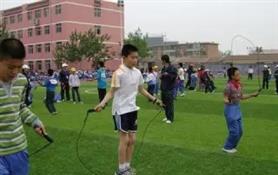关键词:
Health sciences
摘要:
Background: Spinal cord injury (SCI) is often a devastating condition that negatively affects an individual’s physical, psychological, and social well-being requiring extensive rehabilitation. The majority of all SCIs are incomplete with at least some sensory and/or motor activity remaining intact below the level of the injury, sparing some function. The NeuroRecovery Network (NRN) is a collaboration of six centers implementing a locomotor training (LT) protocol focused on recovery after SCI. These centers are also SCI Model Systems (SCIMS) Centers which capture longitudinal outcomes after injury. The purpose of this study was to evaluate one year outcomes between individuals who participated in the NRN LT program and those who did not. Methods: A retrospective (nested case/control) analysis was completed comparing one year post-injury outcomes between individuals who participated in NRN LT (cases) and controls matched on age, gender, injury year, mode of mobility, and NRN site. Outcomes evaluated include the following: Functional Independence Measure (FIM™) total motor score, FIM Transfer Index, FIM Locomotion and Stairs , household and community mobility, Satisfaction with Life Scale (SWLS™), Craig Handicap Assessment and Reporting Technique (CHART™), re-hospitalizations, and days re-hospitalized. Results: Statistically significant improvements for cases were found in the following outcomes: FIM Total Motor Score (p=0.002); FIM Transfer Index (p=0.007); SWLS (p=0.019); household mobility (p=0.047); and CHART subscales [mobility (p=<0.001); occupation (p=0.025); social integration (p=0.038)] with medium to large effects sizes. Conclusions and Significance: Individuals who completed the NRN protocol reported greater improvements in mobility, satisfaction with life, community participation, and fewer re-hospitalizations at one year post-injury, but also spent significantly more days re-hospitalized. Evaluating interventions that improve outcomes while decreasing heal
详细信息
 欢迎来到三峡大学图书馆!
欢迎来到三峡大学图书馆!


